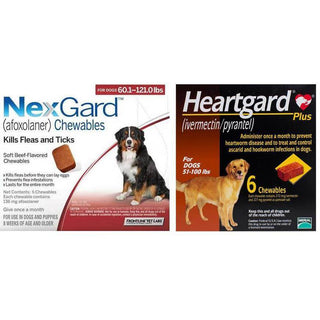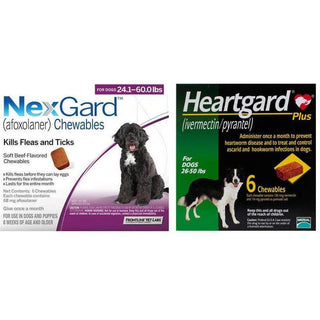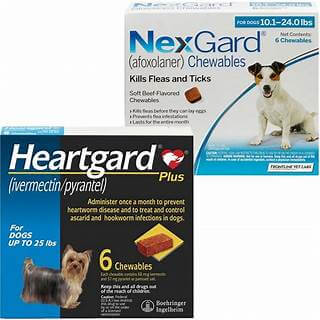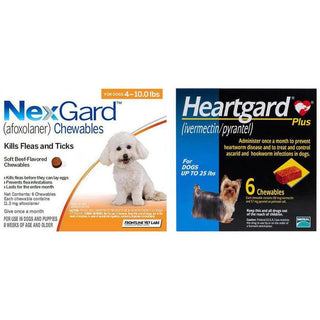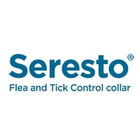
Honey is a natural sweet treat loved by humans for its taste and health benefits. But if your dog gazes at you while you drizzle honey over your toast, you might wonder — can dogs eat honey safely?
The short answer is yes: dogs can eat honey—but only in moderation. Let’s look at the nutritional benefits, potential risks, and the best ways to feed honey to your furry friend.
Is Honey Safe for Dogs?
Yes, most healthy adult dogs can safely eat small amounts of honey. Honey is a natural product made by bees from flower nectar, containing simple sugars, vitamins, minerals, and antioxidants.
However, while it can provide some health benefits, it should be treated as an occasional treat — not a regular part of your dog’s diet. Too much honey can cause weight gain, dental issues, or digestive upset due to its high sugar content.
Nutritional Value of Honey
Honey is primarily composed of natural sugars (fructose and glucose) but also contains small amounts of:
- Vitamins: B-complex vitamins, vitamin C
- Minerals: Calcium, magnesium, potassium, and iron
- Antioxidants: Help protect cells from oxidative stress
- Trace enzymes and amino acids
These nutrients can provide mild health benefits when honey is given responsibly.
Health Benefits of Honey for Dogs
When used correctly, honey can offer a few positive effects for dogs:
1. Natural Energy Booster
Honey’s natural sugars provide a quick source of energy. It’s especially helpful for active dogs or working breeds that burn more calories. A small lick of honey can help revitalize them after exercise or outdoor play.
2. Supports Seasonal Allergies
Some dog owners believe that locally sourced raw honey may help reduce symptoms of seasonal allergies, as it contains trace amounts of pollen. Over time, small exposures help your dog build tolerance.
However, this benefit is not scientifically proven, so always consult your veterinarian before using honey as an allergy remedy.
3. Soothes Coughs and Throat Irritation
Honey has natural anti-inflammatory and antibacterial properties that may help ease throat irritation in dogs with coughs or kennel cough. Just a small amount can coat their throat and offer gentle comfort.
4. Helps Minor Wounds and Skin Issues
When applied topically, honey (especially manuka honey) can help heal minor cuts, burns, or skin irritations. Its antibacterial nature can prevent infections and promote faster healing.
Always clean the wound first and consult your vet before applying honey to your pet’s skin.
5. Aids Digestion
Honey can act as a prebiotic, supporting healthy gut bacteria and aiding digestion. It may help dogs with mild constipation or stomach irritation.
Potential Risks of Feeding Honey to Dogs
Even though honey is natural, it’s not suitable for all dogs. Here are a few important points to remember:
1. High Sugar Content
Honey is almost 80% sugar, which can quickly add extra calories. Too much sugar can lead to:
If your dog is diabetic or struggling with excess weight, it’s best to keep honey off their menu.
2. Risk for Puppies and Immune-Compromised Dogs
Puppies under one year old should not be given honey. It may contain botulism spores, which their immature immune systems can’t handle. Similarly, dogs with weakened immune systems should avoid honey to reduce the risk of infection.
3. Allergic Reactions
Although uncommon, some dogs may react to pollen or bee-derived components in honey. Signs of an allergic reaction include:
- Itching or swelling
- Vomiting or diarrhea
- Difficulty breathing
If these occur, contact your vet immediately.
How Much Honey Can Dogs Eat?
Moderation is key.
Below is a simple guideline depending on your dog’s size:
|
Dog Size |
Safe Honey Amount |
Frequency |
|
Small dogs (under 10kg) |
¼ teaspoon |
1–2 times a week |
|
Medium dogs (10–25kg) |
½ teaspoon |
1–2 times a week |
|
Large dogs (25kg and above) |
1 teaspoon |
1–2 times a week |
Always start with a small amount to ensure your dog tolerates it well.
Best Ways to Feed Honey to Dogs
You can offer honey in several safe and fun ways:
- Drizzle a small amount over your dog’s kibble or fruit.
- Mix it into plain yogurt for a healthy treat.
- Spread a thin layer on a lick mat for mental stimulation.
- Combine with warm water as a natural cough soother.
- Apply a sweet glaze to baked dog treats.
Avoid mixing honey with sugary or processed foods — natural is always best!
Types of Honey to Choose
If you plan to give your dog honey, opt for raw, unprocessed, and local honey whenever possible. Raw honey retains natural enzymes and antioxidants that processed honey often loses during pasteurization.
For skin issues, manuka honey is preferred for its powerful antibacterial properties — but it’s also more expensive and should be used sparingly.
When to Avoid Giving Honey
Do not give honey if your dog:
- Is under 1 year old
- Has diabetes or obesity
- Suffers from dental problems
- Is allergic to pollen or bee products
Always consult your veterinarian if your dog has any existing health issues before introducing honey to their diet.
Key Takeaway
Honey can be a beneficial and safe treat for dogs when given in small amounts. It provides natural energy, mild allergy relief, and antibacterial properties — but its high sugar content means moderation is crucial.
Always buy pure, raw honey, and talk to your veterinarian before adding it to your dog’s routine.
Final Thoughts
Dogs can enjoy the sweetness of honey just like humans, but it should never replace a balanced diet. A few drops once or twice a week can be a healthy indulgence — not a habit.
As a pet parent, your goal is to keep your friend happy, healthy, and safe — and that means knowing when a treat like honey is okay and when it’s not.


